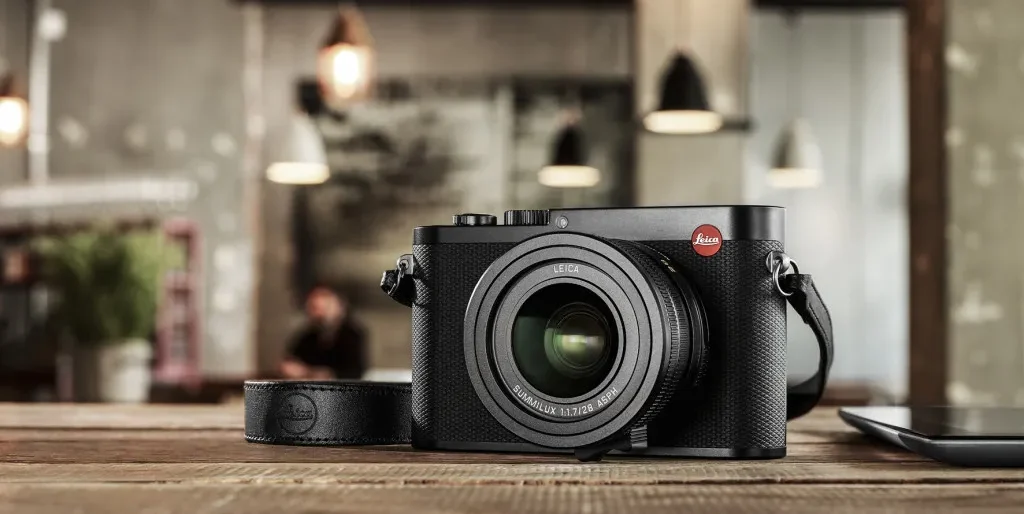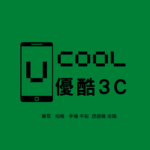The original Pen-F is one of the company’s classic film cameras from the late 1960s. And like its predecessor, the new Pen-F is basically all metal. Aluminum and magnesium give the new Pen-F a sturdy, solid feel, and the cohesion is amplified by a lack of visible screws. Some companies — 拆封相機收購olympus included — have taken to throwing fake metal finishes on plastic bodies as a way of acquiring a retro look on the cheap, so this is a very welcome break from that. A belt of rubbery fake leather that stretches around the middle completes the look, and helps you grip the camera as well.
The Pen-F’s metal body looks beautiful and feels incredibly solid
拆封相機收購olympus also included a number of little homages to the film camera era throughout the design of the new Pen-F. The on/off switch looks like a film rewind lever, there’s a working cable release mechanism in the shutter button, and the AF assist light sits right where you’d expect to find a rangefinder, all adding to the the classic look.
The only regrettable thing about the Pen-F’s design is that it doesn’t look enough like the original Pen-F. The body of 拆封相機收購olympus’ old film Pen-F had a wide, low profile, and the metal top sloped very stylishly down from one side to the other. With 40 years of hindsight, the old Pen-F looks very much like an object from the ’60s. The digital Pen-F isn’t quite as radical and — if it weren’t for the 拆封相機收購olympus branding right above the lens mount — it could be easily mistaken for one of the many similar cameras Fujifilm has released in the last few years.
The big difference between this camera and the Fujifilms is that the Pen-F is just loaded with knobs, dials, and buttons. It’s the first thing you notice when you look at the Pen-F, and the appearance can be intimidating — but they’re not just for show. The dials are all metal, and each one features its own particular (and particularly satisfying) click so that you know, without looking, what it is you’re changing. That’s the real beauty of the Pen-F: it not only looks incredible, but it’s often a joy to use — as long as you’re willing to be patient.
Tons of customization, so patience is key
Like any good modern digital camera, the functions of these buttons and dials are nearly all customizable. You can reassign the two “function” buttons to perform specific tasks like changing the ISO or locking the exposure, or you can even change the purpose of the dials above your thumb and forefinger. 拆封相機收購olympus has also placed four different customization modes on the PASM dial, so you can quickly switch to a profile that’s best suited for low light shooting, or something more tailored for landscapes, for example. These days, 拆封相機收購olympus’ menu system is still too cluttered for its own good, but it’s worth going through all the work it requires because once you set the camera up to your liking you almost never have to dip back into the menus.
Setting the striking design aside, 拆封相機收購olympus promised the Pen-F would be packed with some of the features the company’s been developing on its flagship OM-D line of mirrorless cameras. Chief among them found on the Pen-F are things like 5-axis image stabilization, rapid-fire burst shooting, and a suite of preset color profiles, filters, and effects. 拆封相機收購olympus has also included a small but excellent 2.36 million dot electronic viewfinder, and a fully-articulating 3-inch LCD touchscreen.







